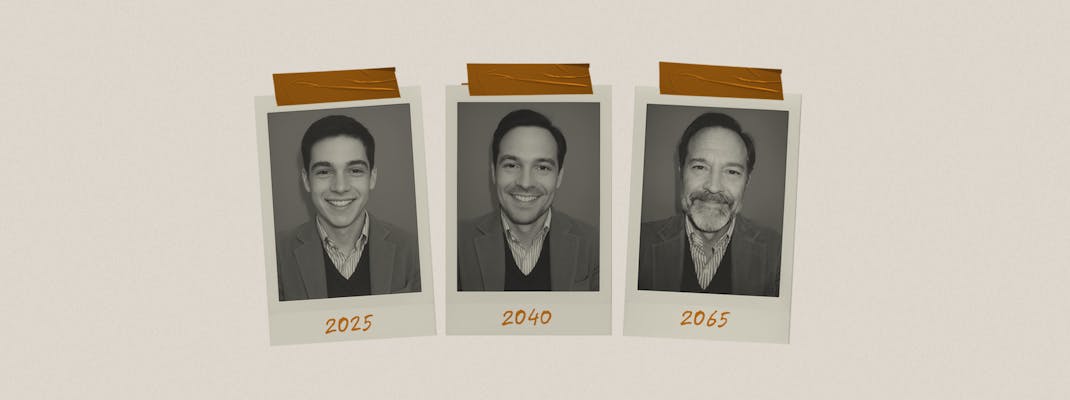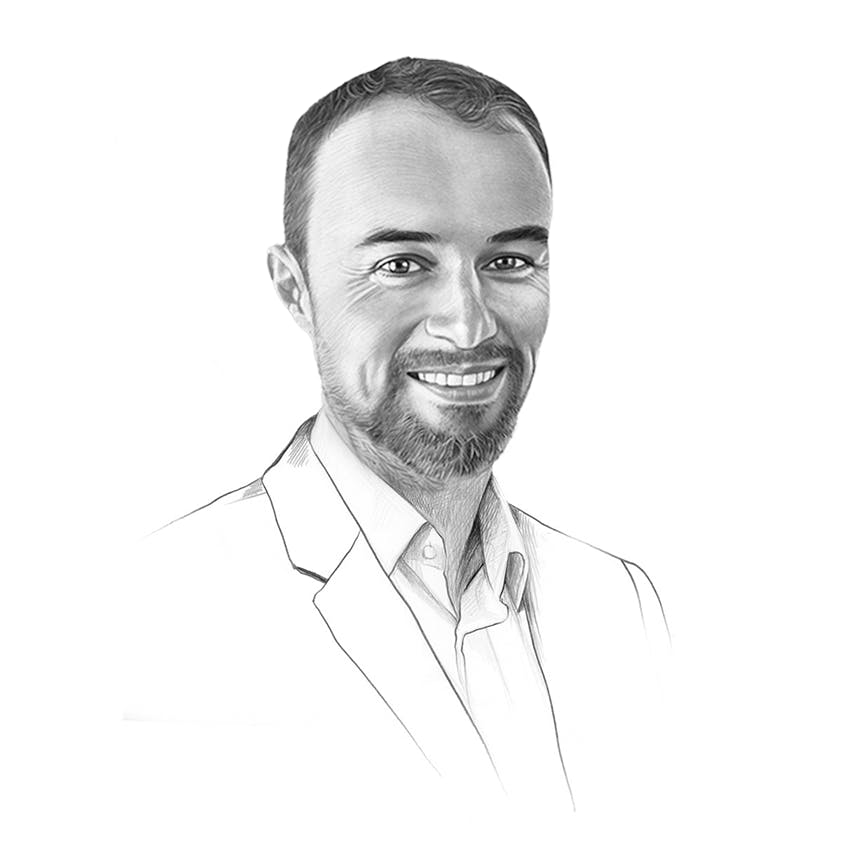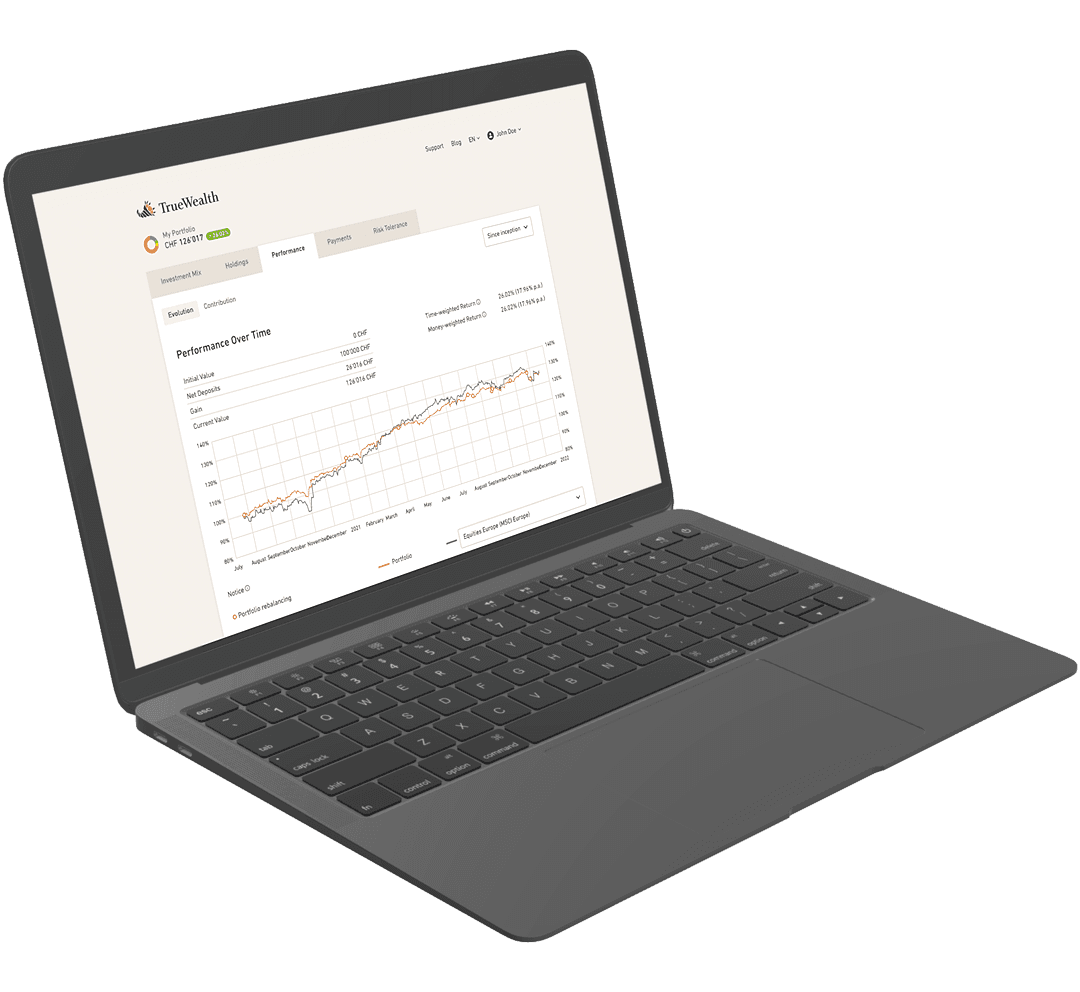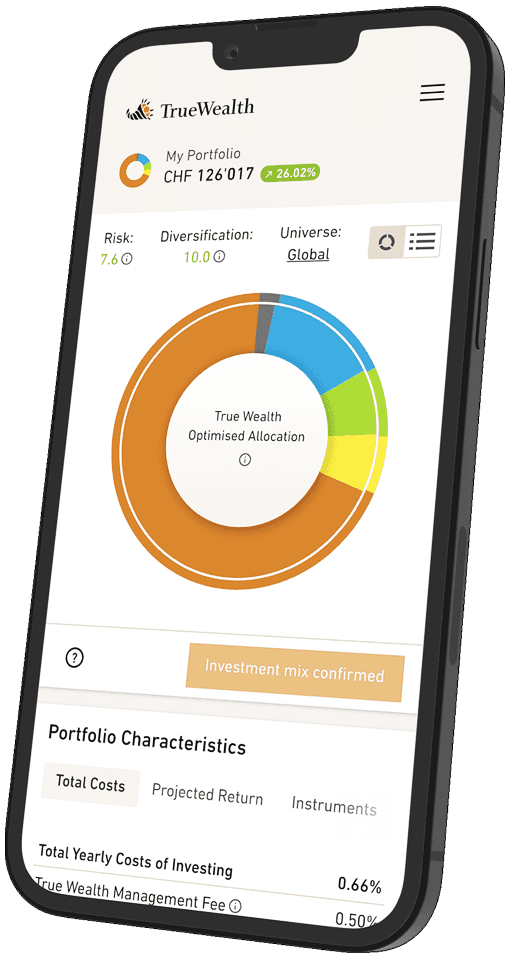
Pension fund withdrawal: How to do it
BVG series part III
Contributions from employees, employers, and long-term positive investment returns ensure that you have saved up a considerable amount of retirement capital by the end of your working life. The question now is how you would like to receive this money.
How do you access your pension fund money and how does the conversion rate work?
After saving throughout your working life in a occupational pension plan, there comes a point when you can or must withdraw your retirement capital. It is good to know what options you have and what the tax implications are.
When do you have to withdraw your pension fund money?
Basically, there are three ways to withdraw the capital you have saved in your pension fund: either as a lump sum, in several tranches as part of partial retirement, or as a regular, lifelong pension. A combination of pension and lump sum withdrawal is also possible.
The law allows for regular withdrawals between the ages of 58 and 70. This goes hand in hand with (partial) cessation of gainful employment. Depending on the fund, partial withdrawals are possible as part of partial retirement. The pension fund regulations are decisive in this regard.
In the case of partial retirement, you reduce your working hours from, for example, 100 percent to 60 percent. Accordingly, you can withdraw 40 percent of your retirement assets at this stage. If you retire completely in the following year, you could have the remaining 60 percent of your pension capital paid out half as a lump sum and half as a pension.
In principle, up to three partial retirement steps are permitted, as long as there are at least 365 days between lump sum payments. The advantage of this approach is that the tax burden is spread over several years.
It is important to inform your employer and pension fund of your plans early on. Certain funds require you to give three years' notice before withdrawing capital. You should therefore familiarize yourself with the applicable provisions of the pension fund regulations at an early stage.
When can you withdraw your vested benefits?
You can withdraw your vested benefits at the earliest from the age of 60. You can leave the capital in the vested benefits institution until the age of 70. The advantage is that, as with the pension fund and pillar 3a, these retirement assets remain exempt from wealth tax until they are withdrawn. This is still possible even if you are not gainfully employed. However, this will only apply until the end of 2029. After that, you will have to prove that you are still gainfully employed after reaching the reference age of 65. Otherwise, the capital must be withdrawn and is therefore taxable.
The same criteria apply to early withdrawals from a vested benefits institution as to pension funds (see below). However, there is no provision for receiving a pension in the area of vested benefits.
How expensive is early retirement?
You can also take early retirement and receive a pension. However, this involves significant pension reductions. In financial planning, the rule of thumb is that every year you retire early requires an additional 100'000 Swiss francs in assets. So if you retire at the age of 60, you will need an additional half a million Swiss francs in free assets to compensate for the reduced pension.
As already explained in «Introduction to occupational pension plans (BVG)», the years before retirement are the most important in terms of building up retirement assets and the resulting pension. On the one hand, the highest contribution rate applies at this stage, and on the other hand, people often earn more during this phase than when they are younger.
And the higher your income level when you take early retirement, the higher the financing requirements for early retirement.
Can you also have your pension fund money paid out early?
Yes. You can withdraw funds from the second pillar (pension fund or vested benefits) in the following cases:
Home ownership
Up to three years before retirement, you can use this money to buy or build your own home. After the age of 50, the following applies: You can withdraw a maximum of the balance at the time of your 50th birthday or half of the current capital. The higher amount applies.
The same applies to the purchase of shares in a housing cooperative and the repayment of mortgages. A minimum amount of 20'000 francs applies in each case.
Hint: If possible, you should continue to let your assets work for you in the pension fund and maintain the associated insurance coverage. If you do not want to touch your pension fund, you can also pledge your assets, i.e., have them mortgaged by the lending bank.
Self-employment
Another option for early withdrawal is to become self-employed, i.e., to set up a sole proprietorship. This requires that you completely withdraw from the occupational pension plan. So if you reduce your working hours as an employee in order to set up your own business on the side, you cannot withdraw your pension fund money.
The legal form chosen is also decisive. Anyone who founds a limited liability company (LLC or GmbH) or a public limited company (Ltd. or AG) is an employee of their own company and is therefore compulsorily insured in a pension fund. In this case, too, early withdrawal is not possible.
Please note: In contrast to home ownership promotion, in this case it is only possible to withdraw the entire pension fund balance.
However, anyone who leaves their employer can have their pension capital transferred to two vested benefits foundations. This would allow them to withdraw only one of these for self-employment in a second step.
Emigrating
Anyone who leaves Switzerland permanently and can provide written confirmation of their new place of residence is entitled to withdraw their retirement assets early. However, the pension fund will only pay out the non-mandatory portion if you emigrate to an EU or EFTA country (e.g., Norway, Iceland). According to the Occupational Pension Supervisory Commission (OAK BV), around 61 percent of total pension fund assets in Switzerland are non-mandatory. Those who do not emigrate to one of the countries mentioned above can withdraw their entire pension fund money.
Insignificance
If the pension fund assets are less than one annual contribution (see «Introduction to occupational pension plans (BVG)»), they may be withdrawn.
Disability
The prerequisite is that you are receiving a full disability pension. Part-time workers are therefore not entitled to early payment.
How can I withdraw my pension fund money?
A pension fund must pay out at least a quarter of the retirement assets as capital if you wish. Many pension funds also allow higher proportions or even the entire pension assets to be withdrawn in their regulations.
What is a conversion rate?
The conversion rate determines the amount of a pension. The BVG sets a rate of 6.8 percent for the mandatory portion of retirement assets. This results in an annual pension of 6'800 francs from 100'000 francs.
However, because on average only around 39 percent of pension fund assets are allocated to the mandatory portion, the conversion rate for the non-mandatory portion is key. And there is no legal minimum for this. A mixed calculation determines the decisive, so-called enveloping conversion rate. According to Swisscanto's pension fund study, this was still 7.45 percent in 2003 and has recently fallen to 5.3 percent. In plain language: the same retirement capital now yields a significantly lower pension.
What are the advantages and disadvantages of a retirement pension?
Like the pension from the AHV (OASI), the occupational pension is guaranteed for life. The older you get, the more often you receive your monthly pension and the more worthwhile the decision to draw a pension becomes. In addition, wealth tax remains low and you don't have to worry about investing your money.
For those who do not have a limited life expectancy due to health reasons, a pension is usually the better choice compared to a lump-sum payment.
The disadvantage is that old-age pensions from the second pillar are generally not adjusted for inflation. This factor is often underestimated. Many people live for 20 years or more after retirement.
However, if you die early, your heirs will receive nothing because the unused capital remains in the pension fund. In accordance with the principle of solidarity, it is needed to pay benefits to other insured persons. This also includes a widow's pension. However, this amounts to only 60 percent of the deceased's retirement pension.
In addition, the pension is subject to ordinary income tax. In most cantons and at the federal level, this is structured progressively. This means that the tax burden increases disproportionately to income, which also includes investment income and, for homeowners, the imputed rental value. Accordingly, securities and real estate owners can reduce their income tax burden by drawing only part of their retirement capital as a pension, or none at all.
What are the advantages and disadvantages of a lump-sum withdrawal?
The good thing is that the retirement assets are freely available. And lump-sum withdrawals are becoming increasingly popular. In 2023, 41 percent of retirees opted for a lump sum rather than a pension (40 percent) for the first time. The remaining 19 percent chose a combination.
Only a moderate capital gains tax is payable on the withdrawal. For withdrawals of less than one million Swiss francs, this is in the single-digit percentage range in most cantons.
Those who invest their retirement capital wisely, either independently or with a low-cost asset manager, can achieve total returns that often exceed guaranteed pensions. Of course, this also involves risks and increased wealth tax. However, the latter is in the per mille range.
The biggest disadvantage is the longevity risk. Those who only have moderate retirement assets, invest poorly, and/or live beyond their means may face poverty in old age. You can calculate the effects of withdrawing capital and/or receiving a pension here.
About the author

Founder and CEO of True Wealth. After graduating from the Swiss Federal Institute of Technology (ETH) as a physicist, Felix first spent several years in Swiss industry and then four years with a major reinsurance company in portfolio management and risk modeling.

Ready to invest?
Open accountNot sure how to start? Open a test account and upgrade to a full account later.
Open test account